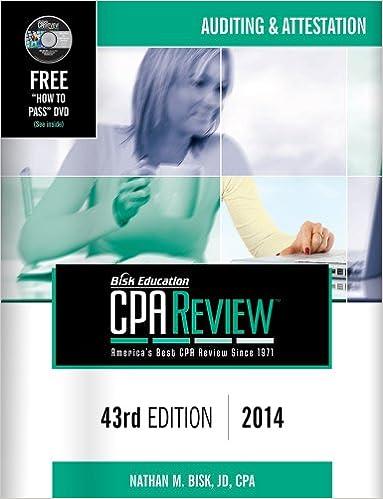Question
1. Alex paid $90,000 for a single-life annuity. He will receive $7,000 per year for 20 years, his life expectancy according to Treasury Department. How
1. Alex paid $90,000 for a single-life annuity. He will receive $7,000 per year for 20 years, his life expectancy according to Treasury Department. How much taxable income from the annuity must he report each year? Show and label calculations.
2. All the following are true about nontaxable employee fringe benefits, except
| There are no dollar limits on the amount of nontaxable fringe benefits. | ||
| They are deductible by the employer as business expenses. | ||
| The fringe benefit plan must be nondiscriminatory. | ||
| If the employee takes cash instead, the fringe benefit is taxable. |
3. The U.S. income tax system is a
| Regressive Tax System | ||
| Progressive Tax System | ||
| Proportional Tax System | ||
| None of the Above |
4. The following statements are true about business expenses, except
| They must be necessary. | ||
| They must be ordinary. | ||
| They must be reasonable. | ||
| They must be paid in U.S. dollars. |
Step by Step Solution
There are 3 Steps involved in it
Step: 1

Get Instant Access to Expert-Tailored Solutions
See step-by-step solutions with expert insights and AI powered tools for academic success
Step: 2

Step: 3

Ace Your Homework with AI
Get the answers you need in no time with our AI-driven, step-by-step assistance
Get Started


